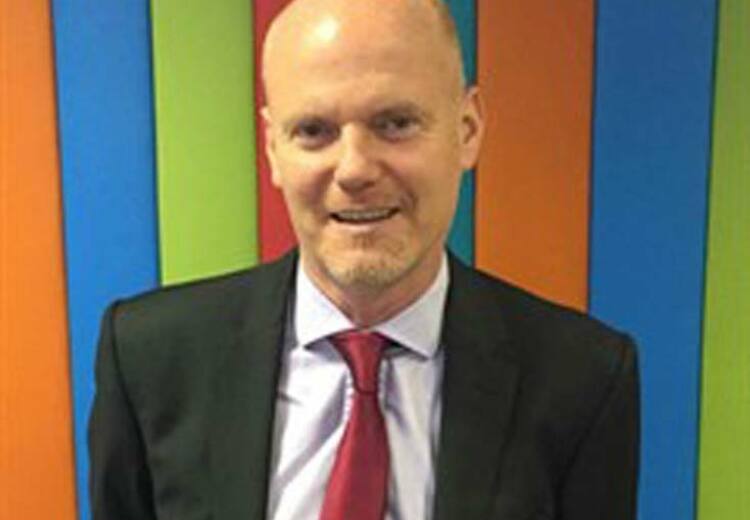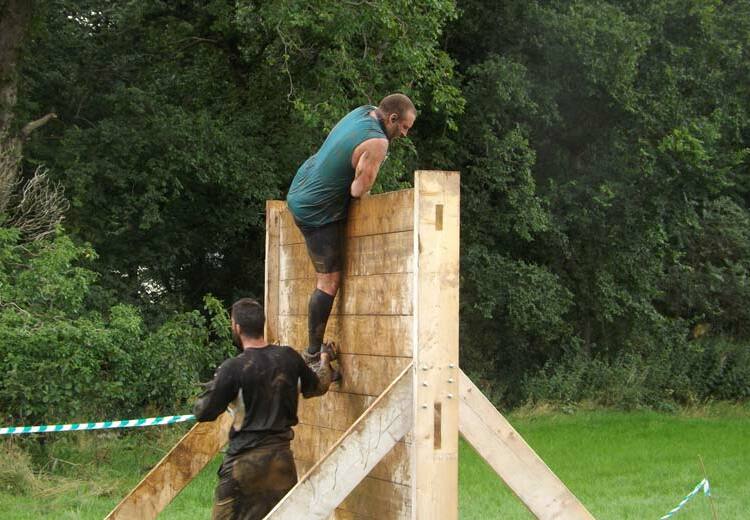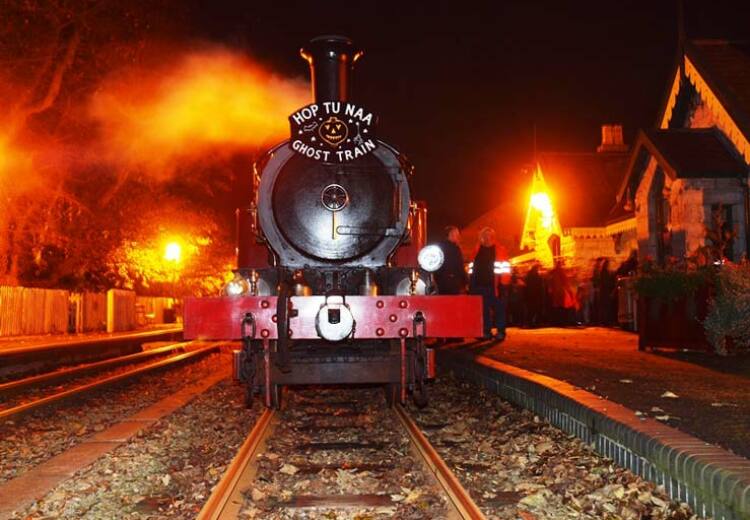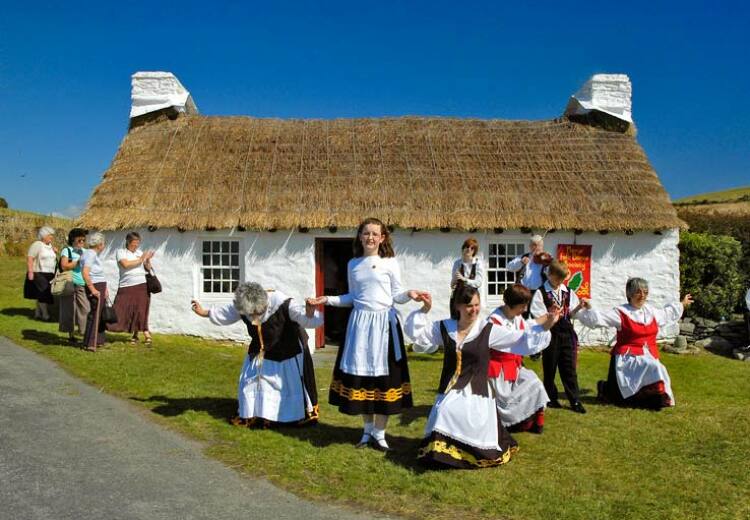DRIVERS who take "short cuts" on the Isle of Man’s new large roundabouts are not breaking the law, even if they cross the cobbled areas at junctions such as Ballakillowey near Port Erin.
That is the response from the Department of Infrastructure and its Minister Phil Gawne in a written reply to a question in Tynwald.
MHK Quintin Gill (Rushen) questioned whether the Department was content with the behaviour of drivers using the new roundabout at Ballakillowey - which is very similar to another at Governor’s Bridge in Douglas.
Mr Gill wanted to know whether cutting the corner by driving over the cobbled area on the roundabout was breaking the law and questioned by the Department had not erected road signs to advise drivers how to use the roundabout correctly.
But the Department gave the surprising response that it is not illegal to "short cut" the roundabout, even though the majority of motorists on Manx roads look on it as poor driving.
The written reply from the Department Minister Gawne said, "When designing a roundabout there is conflict between the objectives of slowing traffic down and accommodating the considerable swept path of larger vehicles.
"This roundabout [Ballakillowey] is designed so that smaller vehicles can drive more easily around the smooth tarmac area and larger vehicles can overrun onto the cobbled area. Any vehicle is permitted to use the cobbled area but it is designed to give an uncomfortable ride, which in turn should still cause them to slow down."
He added, "In terms of the behaviour of road users at the new roundabout, the Department has not received any reports of dangerous driving. As part of the post-construction assessment of the roundabout, the Department’s engineers have already arranged for traffic counters to be placed on the Ballafesson Road approach where previously there was a speeding problem.
"This was one of the main reasons for the layout being changed. Officers’ reports from on-site observations indicate that the approach speeds are much reduced and that the visibility is much improved on all four approaches. Whilst it is early days, they have initially concluded that the new layout appears to be safer for motorists and pedestrians.
"As far as providing information for motorists is concerned, the Department has erected the appropriate advance directional signs on each approach to the roundabout in accordance with The Traffic Signs Regulations and General Directions 2002 whilst the correct procedure for using a roundabout is comprehensively covered in the Highway Code."
The reply also revealed the the cost of the new Ballakillowey roundabout had exceeded original estimates by almost £20,000. The total cost had been £276,337.66 whilst the original cost estimate for this scheme was £249,000. The Department said the additional costs had been incurred "due to time delays associated with the statutory undertaker diversions, temporary fencing, amendments to boundary walls and laying the granite setts."
The Department said that the cost is broken down into three main activities; carriageway resurfacing and reconstruction work at £166,000, the diversion of ducts and cables at £15,000, and the junction improvement works at about £95,000.
Mr Gawne said, "If the road had been rebuilt on a like-for-like basis, with the painted mini roundabout reinstated, the costs would have been in the region of £170,000. Therefore it is reasonable to say that the majority of the expenditure incurred was for the basic replacement of a worn out highway.
"The maintenance project was enhanced to improve the layout of the junction to better take account of pedestrian movements, accommodate the swept path of larger vehicles whilst also slowing traffic to make the junction safer.
"I accept that £276,000 is a lot of money. However, in the context of highway schemes the sum is not large when compared with other typical highway maintenance and improvement schemes carried out in recent years around the island."
He pointed out that the Bowring Rd reconstruction in Ramsey had cost £701,518.54; the Lord St reconstruction in Douglas £376,865.26 and the A7 main Rd resurfacing at Ballabeg was £328,365.52.








